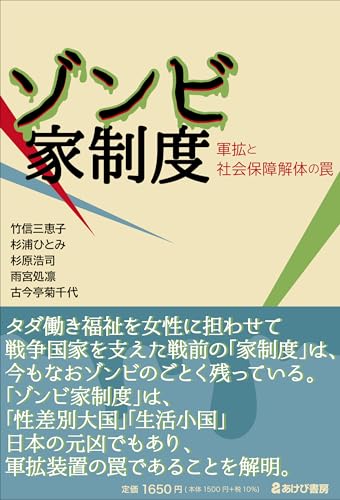views
1630
Where a Women’s Lib Activist Met Creative Works on Homosexual Themes -- report on the Yaoi/BL Symposium
2011.10.31 Mon
The word yaoi in Japanese refers to a genre of creative works whose theme is male and male gay relationships, and yet ones that target female audience. It is also called “BL,” which stands for “boys love.”
On October 2, at the campus of Osaka University, a symposium on Yaoi/BL was held for the second time following the last year. The title this year was Female Writers of JUNE Fictions the Era of Azusa Nakajima’s Courses on Fiction Writing.
JUNE (pronounced joo-neh), is a magazine with yaoi works, which was published from 1978 to 1996. The famous author and critic Azusa Nakajima, also known as Kaoru Kurimoto, had a series of articles on how to write fictions in the magazine. From this series that had evaluated fictions submitted by its readers, many yaoi writers emerged as prominent authors.
In the symposium that attracted audience of various ages, panelists discussed what Azusa Nakajima’s courses on fiction writing meant to JUNE’s female authors.
One of such authors is Fumiko Nomura, also known as women’s lib activist Fuyumi Nakano. For me ((translator’s note: the original article’s writer)), the interview with her was the highlight of this symposium.
Nomura’s fictions have been highly recognized and published as books. What did JUNE mean to her? Basically, works published in JUNE provided her with sexual fantasy necessary for masturbation. She would get excited, for example, with a sadomasochistic relationship described in a particular work. However, having affinity with that kind of sexual relationship conflicted with the thought behind women’s lib activities in which she engaged in her real life. That contradiction between having fantasy with a dominant/submissive sexual relationship and being a women’s lib activist would torment her.
According to Nomura, she came to understand why she grew fond of that kind of sexual fantasy: as she was completing her last fiction Good-bye Misty Love, she realized that, because she had hated male dominant society that had discriminated against women, she had been soothing her anger by describing a male and male dominant/submissive relationship where the dominant male eventually collapses.
Having completed the last fiction while she was away from Japan and knowing the direction of her anger, Nomura went back to Japan with determination to confront the reality of the society that she lived in.
Original article on the WAN website.
Translated and adapted by Naoko Hirose
カテゴリー:Other
 慰安婦
慰安婦 貧困・福祉
貧困・福祉 DV・性暴力・ハラスメント
DV・性暴力・ハラスメント 非婚・結婚・離婚
非婚・結婚・離婚 セクシュアリティ
セクシュアリティ くらし・生活
くらし・生活 身体・健康
身体・健康 リプロ・ヘルス
リプロ・ヘルス 脱原発
脱原発 女性政策
女性政策 憲法・平和
憲法・平和 高齢社会
高齢社会 子育て・教育
子育て・教育 性表現
性表現 LGBT
LGBT 最終講義
最終講義 博士論文
博士論文 研究助成・公募
研究助成・公募 アート情報
アート情報 女性運動・グループ
女性運動・グループ フェミニストカウンセリング
フェミニストカウンセリング 弁護士
弁護士 女性センター
女性センター セレクトニュース
セレクトニュース マスコミが騒がないニュース
マスコミが騒がないニュース 女の本屋
女の本屋 ブックトーク
ブックトーク シネマラウンジ
シネマラウンジ ミニコミ図書館
ミニコミ図書館 エッセイ
エッセイ WAN基金
WAN基金 お助け情報
お助け情報 WANマーケット
WANマーケット 女と政治をつなぐ
女と政治をつなぐ Worldwide WAN
Worldwide WAN わいわいWAN
わいわいWAN 女性学講座
女性学講座 上野研究室
上野研究室 原発ゼロの道
原発ゼロの道 動画
動画


![[広告]広告募集中](https://wan.or.jp/assets/front/img/side_ads-call.png)












